Earlier this week, the cover we had all been patiently waiting for had been revealed; American Vogue’s iconic September issue featuring an ever-regal Beyoncé draped in a ruffled, white Gucci dress, adorned with a floral headdress by Rebel Rebel. Shot by 23 year old Tyler Mitchell, it is the first cover in American Vogue’s 126-year history to be snapped by a black photographer. On the demand side, the September issue is the most influential issue of the year, being a respected testament of contemporary style for the coming months. On the supply side, it plays an integral role in a publication’s strategy and is a topic of discussion for any advertiser - a single page September print ad can run for $208,000.While the September issue has continuously generated excess buzz -recent September covers have included Jennifer Lawrence and Kendall Jenner- this year has generated even more hype running up to it’s release later this month, due to swirling rumours that Beyoncé had autonomous control over the cover, the photos of herself within the magazine as well as the captions, which she had written in long-form. While that is not the case - the result has been labeled a collaboration between Vogue and Beyoncé’s creative entourage - this issue is indeed exceptional because for one, it marks the much needed turning point towards inclusivity and secondly, it represents the pinnacle of celebrity power in fashion. In this September issue, the celebrity no longer plays a passive role of simply being shot; she and the once dominant editor are considered equals in terms of controlling creative direction.What does this say about the state of journalism? Times are a changin’.
Crossing the pond, British Vogue’s September issue features an also flower crowned Rihanna, styled by editor in chief Edward Enninful and shot by Nick Knight, who together successfully resurrected techno maximalist punk euphoria. Beyoncé and Rihanna, arguably two of the most important musicians of our age, proved the power of image.Fashion and music go hand in hand, an intertwined marriage of multi-sensory expression - and when successful- can capture a trend which runs deep within society and ultimately immortalise a collective and/or individual identity. The ability to construct a unique identity has led to the creation of legend- take David Bowie’s Kansai Yamamoto’s jumpsuit, Elvis’s white flared trousers, Madonna’s Gaultier cone bra. Fashion helps bring both music and the artist to life. As Rihanna puts it, “as an artist in this day and age, everything is driven by some kind of visual aspect” - that visual aspect needs to have meaning in order to stand out.In contemporary culture, I don’t think any musician is better than crafting her image than Beyoncé, which is why her role at Vogue was so appropriate. Think back only to her visual album Lemonade where she dawned a wide assortment of looks - most notably the mustard yellow Roberto Cavalli dress. Or more recently, the wardrobe on her current “On the Run II” tour where she has worn an astounding list of brands including Balmain, Burberry, Givenchy, Gucci, LaQuan Smith, Michael Schmidt Studios, Mugler, Ottolinger, Peter Dundas, Rami Kadi, Tom Ford, Valentino Couture and Vex Clothing along with so many others. She touches upon all terrains in the vast fashion landscape, careful never to be shoved into a single genre - she morphs meaning into a brand and is thus an ambassador to no one apart from herself.
Could (should?) we learn something from Beyoncé’s image making?Fashion caters to her, rather than vice-versa.I think we should all take this approach - the only brand you should stay loyal to is your own brand. The symbolic interactionist, Herbert Blumer (1969) argued that fashion plays a dominant role within all societies, mentioning that one of its key features is to train individuals for the immediate future, thus handing consumers control over their own circumstances. Fashion gives music artists and shower-singers alike the autonomous privilege to help define themselves; a straightforward opportunity to create personal meaning on a daily basis. Is being in control of one’s image a key ingredient to landing a sought after dream job? To chart-topping hits?
To being comfortable in one’s own skin? It’s not about being #onbrand, its about knowing yourself.Whether it’s grasping the power to edit the world’s most iconic magazine, curating an image for your latest world tour, or starting your first day of freshman year at college - be audacious enough to wear a perspective. No matter what one chooses to wear, fashion lends meaning. Make it count and hold the confidence to be you.Be bold. Be Beyoncé.






 Since its launch in 1991, Graduate Fashion Week has evolved into the world’s leading event spotlighting the work of fashion’s brightest graduates. Founded by Jeff Banks CBE, Vanessa Denza MBE and John Walford, its intention was to unify both UK and International fashion universities and elevate the future of creative industries by bridging the gap between graduates and employers. The event has helped launch the careers of some of the most successful designers of our time including Christopher Bailey MBE, who was the winner of the first ever Graduate Fashion Week Gold Award, Stella McCartney, Giles Deacon, Matthew Williamson and Julien Macdonald. Held at the Truman Brewery in Shoreditch, this year’s Graduate Fashion Week saw 5,000 pieces of work on display from over 1000 students of fashion design, journalism, communication and marketing, with the majority stemming from outside the UK. The event attracted 30,000 guests and featured 25 catwalk shows, exhibitions from over 40 universities, live talks and workshops hosted by leading names from the fashion industry and the renowned Gala Award Show. This year’s judges included Diane von Furstenberg, who awarded the Gold Award, Oliver Spencer and Henry Holland.
Since its launch in 1991, Graduate Fashion Week has evolved into the world’s leading event spotlighting the work of fashion’s brightest graduates. Founded by Jeff Banks CBE, Vanessa Denza MBE and John Walford, its intention was to unify both UK and International fashion universities and elevate the future of creative industries by bridging the gap between graduates and employers. The event has helped launch the careers of some of the most successful designers of our time including Christopher Bailey MBE, who was the winner of the first ever Graduate Fashion Week Gold Award, Stella McCartney, Giles Deacon, Matthew Williamson and Julien Macdonald. Held at the Truman Brewery in Shoreditch, this year’s Graduate Fashion Week saw 5,000 pieces of work on display from over 1000 students of fashion design, journalism, communication and marketing, with the majority stemming from outside the UK. The event attracted 30,000 guests and featured 25 catwalk shows, exhibitions from over 40 universities, live talks and workshops hosted by leading names from the fashion industry and the renowned Gala Award Show. This year’s judges included Diane von Furstenberg, who awarded the Gold Award, Oliver Spencer and Henry Holland.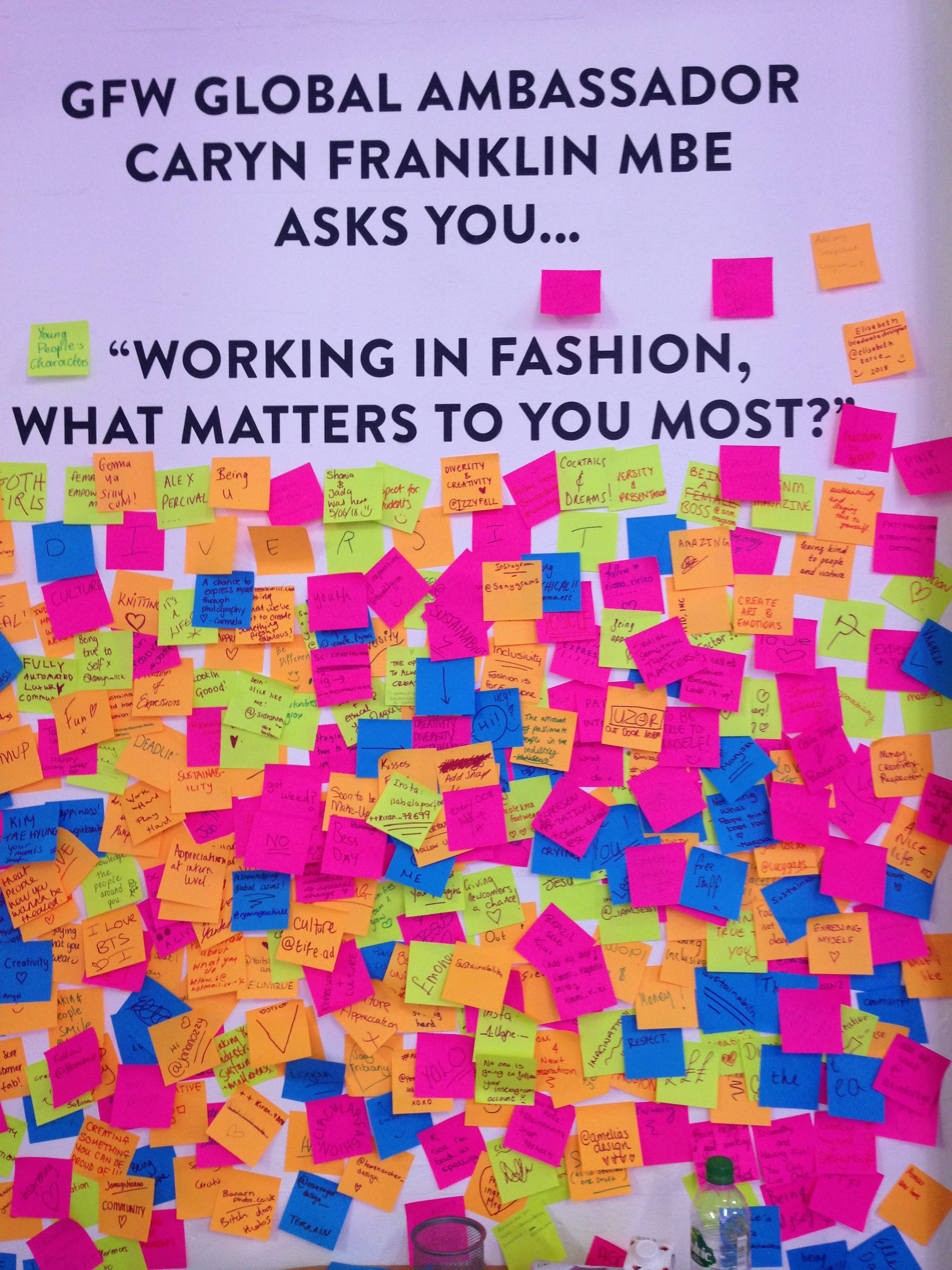
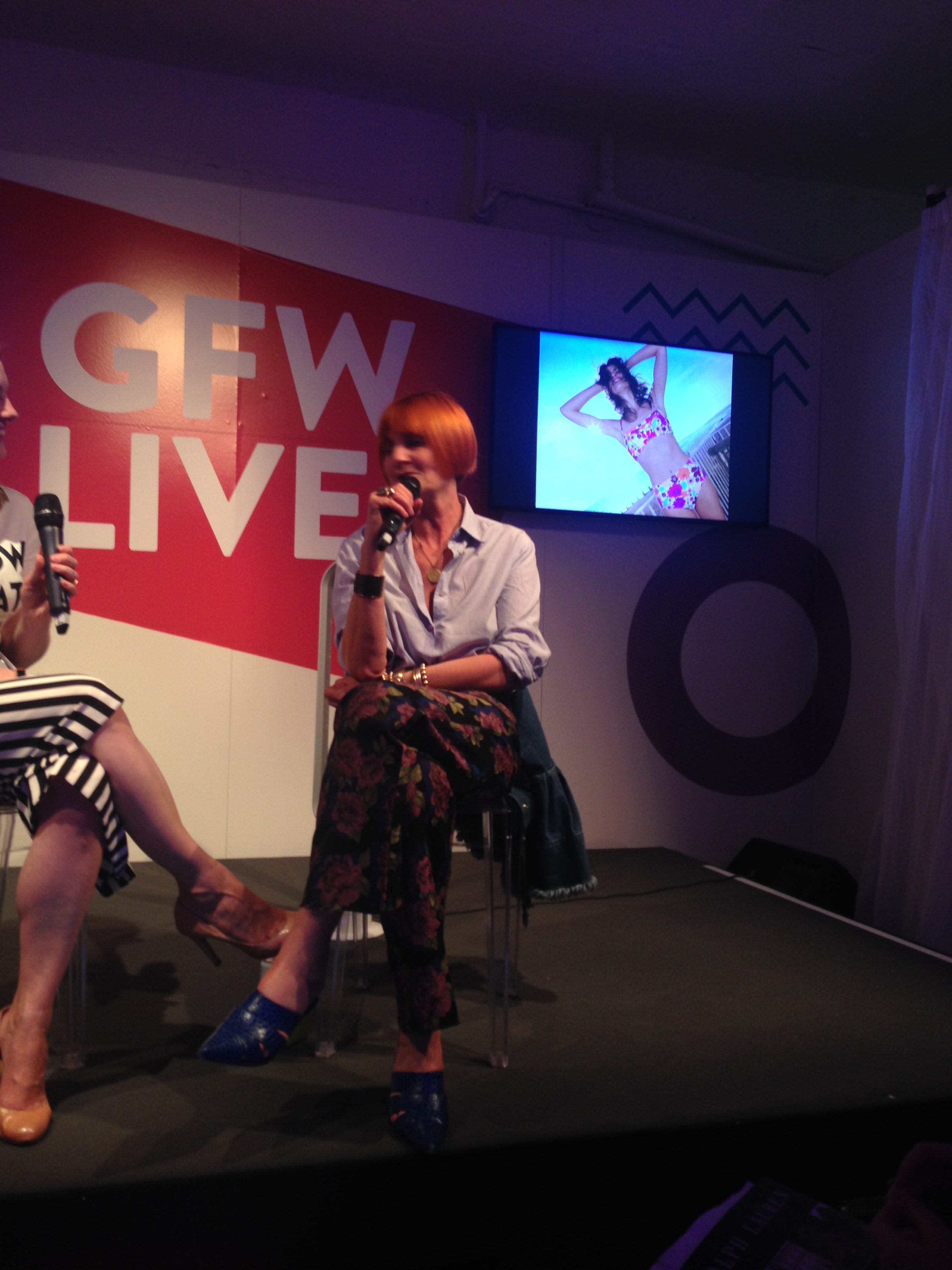 One of the many benefits of graduate collections is that they embrace individuality, with each creative true to their own vision. However, upon closer inspection one could notice various macro trends which pooled collections together. First and foremost was championing sustainability. Each graduate I spoke to described how their collection included sustainable elements and why - conscious design is the new standard. Many incorporated up-cycled materials, such as Rose Connor, from the University of Central Lancashire, who based her collection on up-cycled plastics. Also, fashion design student Francesca Ashby of UCA created her final year collection, titled “Not Waisted”, reworking plastic bags and tent nylon to highlight the amount of plastic polluting the ocean. Sarah Seb, from the University of East London, took a slightly different approach of make do and mend by reconstructing secondhand clothes. Encouraging sustainable design was The Considered Design award, the Vivienne Westwood sustainable and ethical award, and the Swarovski sustainable accessories competition.
One of the many benefits of graduate collections is that they embrace individuality, with each creative true to their own vision. However, upon closer inspection one could notice various macro trends which pooled collections together. First and foremost was championing sustainability. Each graduate I spoke to described how their collection included sustainable elements and why - conscious design is the new standard. Many incorporated up-cycled materials, such as Rose Connor, from the University of Central Lancashire, who based her collection on up-cycled plastics. Also, fashion design student Francesca Ashby of UCA created her final year collection, titled “Not Waisted”, reworking plastic bags and tent nylon to highlight the amount of plastic polluting the ocean. Sarah Seb, from the University of East London, took a slightly different approach of make do and mend by reconstructing secondhand clothes. Encouraging sustainable design was The Considered Design award, the Vivienne Westwood sustainable and ethical award, and the Swarovski sustainable accessories competition.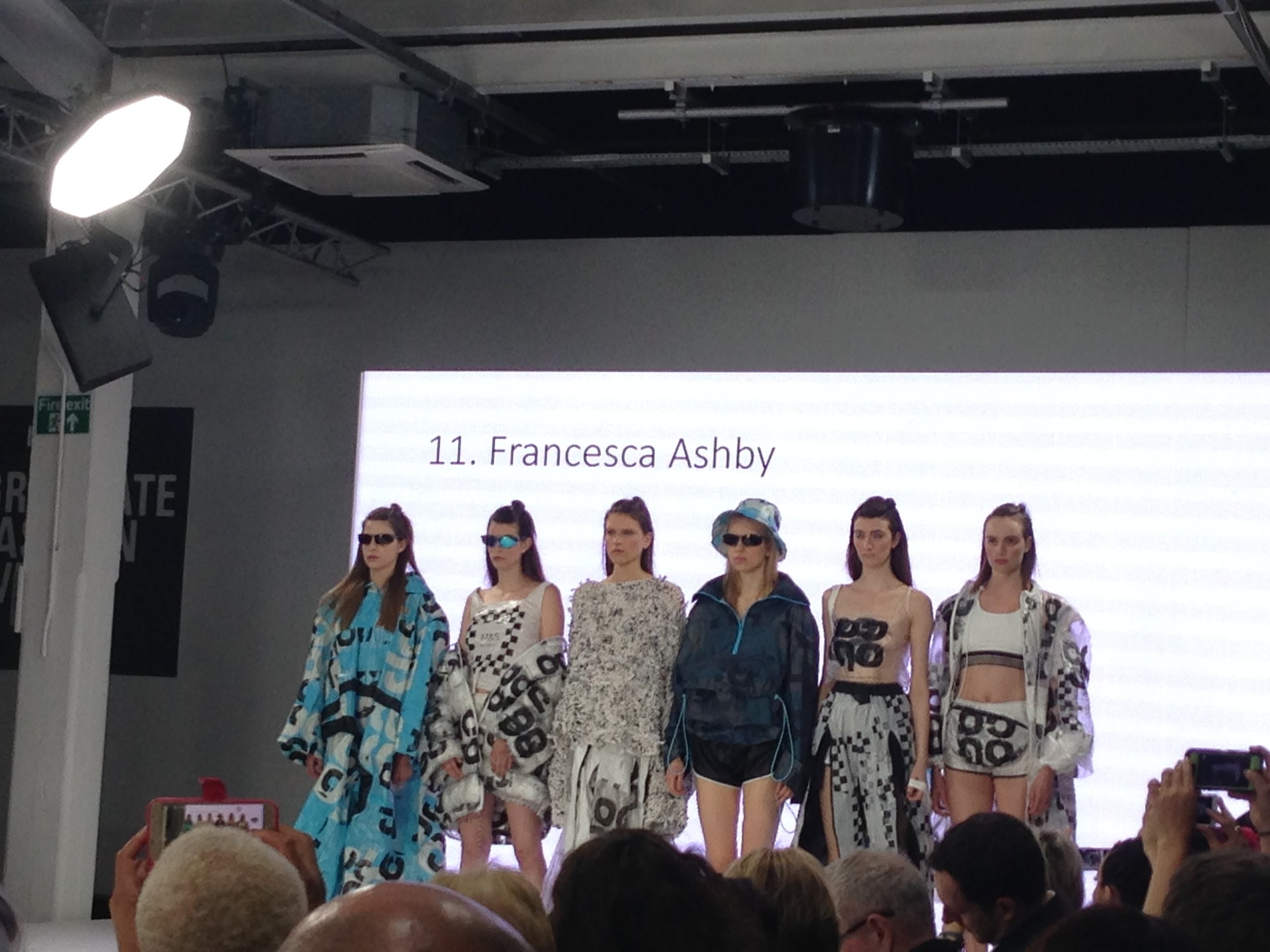 Aesthetically, many graduates leaned either towards a Post apocalyptic approach, focusing on exaggerated deconstruction, or battery loaded design with a vibrant 1980’s punch - often accompanied by appropriate synth-pop. Also currently reflected on international catwalks (and throughout Pop-Culture from film, music, and photography), the 1980’s resonate perfectly with the current zeitgeist and Gen Z: The #MeToo movement sparking a revived wave of feminism thus encouraging the return of the big shouldered power suit - padded armour for the corporate battleground or the dominance of athleisure, sparking references to neon-coloured aerobics classes. However, while the 1980s also witnessed huge spikes in wealth, similar to today’s booming stockmarket, students steered clear from promoting ideals of materialism and gluttony.
Aesthetically, many graduates leaned either towards a Post apocalyptic approach, focusing on exaggerated deconstruction, or battery loaded design with a vibrant 1980’s punch - often accompanied by appropriate synth-pop. Also currently reflected on international catwalks (and throughout Pop-Culture from film, music, and photography), the 1980’s resonate perfectly with the current zeitgeist and Gen Z: The #MeToo movement sparking a revived wave of feminism thus encouraging the return of the big shouldered power suit - padded armour for the corporate battleground or the dominance of athleisure, sparking references to neon-coloured aerobics classes. However, while the 1980s also witnessed huge spikes in wealth, similar to today’s booming stockmarket, students steered clear from promoting ideals of materialism and gluttony.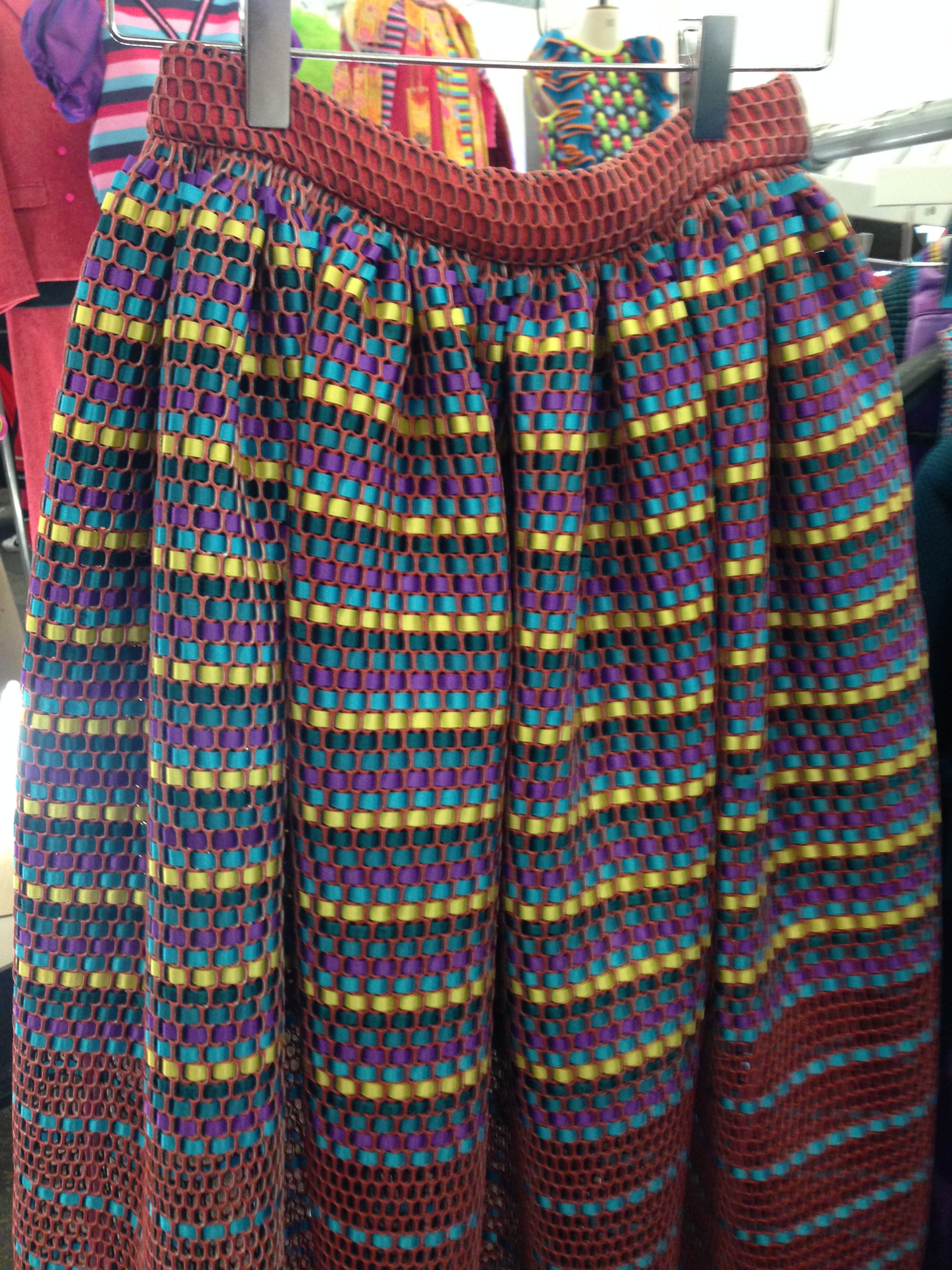 Walking through the many stands and speaking to various graduates, I was deeply impressed at the level of talent and considered thought on show. These graduates are socially aware, conscious of the challenges ahead and intelligently balance creativity with commercial acumen. Their collections pay a testament to the leading institutions behind them, and especially the many lecturers and mentors who continue to develop the next generation. The best way to encourage innovation and inspire change within the industry is by supporting and directly working with new talent and it was a pleasure to witness the launch of so many new careers and have a peak at the future of fashion!
Walking through the many stands and speaking to various graduates, I was deeply impressed at the level of talent and considered thought on show. These graduates are socially aware, conscious of the challenges ahead and intelligently balance creativity with commercial acumen. Their collections pay a testament to the leading institutions behind them, and especially the many lecturers and mentors who continue to develop the next generation. The best way to encourage innovation and inspire change within the industry is by supporting and directly working with new talent and it was a pleasure to witness the launch of so many new careers and have a peak at the future of fashion!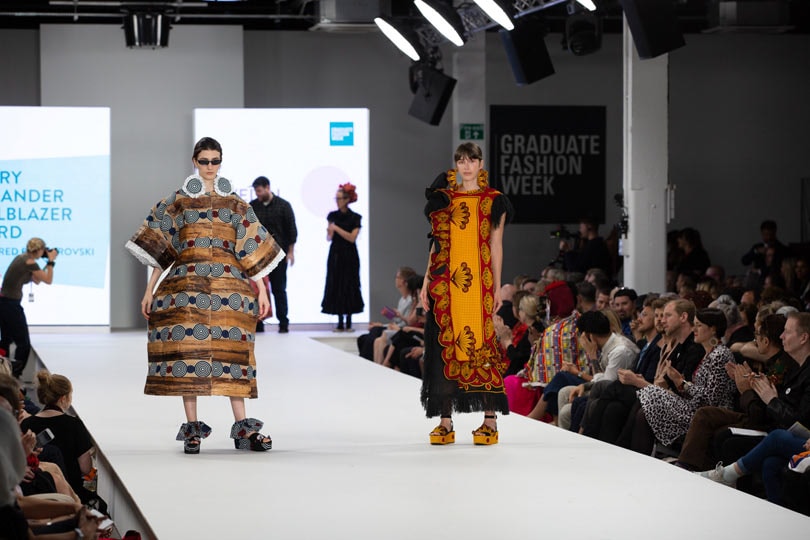 Award Winners:The Christopher Bailey Gold Award, was awarded to Rebecca Wilson, a graduate of the Arts University in Bournemouth, for her menswear, womenswear and childrenswear collection. Her collection drew inspiration from Victorian working-class clothing and Victorian family portraits and embraced the often overshadowed beauty in the wear and tear of clothing. The Debenhams Menswear Award was presented to Hannah Gibbons, from the University of Brighton, for product development and textile design. M&S Womenswear Award was presented to Aurelie Fontan, from Edinburgh College of Art, who also won the Dame Vivienne Westwood Sustainable and Ethical Award Sponsored by Levis as well as the Catwalk Textiles Award. The Visionary Knitwear Award was awarded to Fraser Miller, a graduate from De Montfort University, and Jacaranda Brain, from Nottingham Trent University.The Hilary Alexander Trailblazer Award, sponsored by Swarovski , went to Evelyne Babin, from the University for the Creative Arts Epsom and The George Catwalk to Store Award went to Louise Clarke, a graduate from the Manchester School of Art. The Bonmarché Fashion For All Award went to Bethany Wainwright, a graduate of the University of Central Lancashire and The Clarks Footwear Award was awarded to Charles Mein, from the Arts University of Bournemouth. The TU at Sainsbury’s Womenswear Scholarship went to Jennifer Healy, a graduate of the Manchester School of Art with The TU at Sainsbury’s Menswear Scholarship awarded to Molly Hopwood, from the University of Leeds. The Boohoo Social Media Award went to Alicia Brown from the Leeds Arts University, the Asos Future Communications Award was awarded to Jamie Windust, from the University for the Creative Arts Epsom, while the Future Talent Design Award went to Charlotte Heley, a graduate of the University of Leeds. The Boux Avenue Swimwear Award went to Lucy Nolan, a graduate from Northumbria University, while the Lingerie Award was awarded to Daniella Jayes, from De Montfort University. Additional winners included Marta Kazmierczak, Edinburgh College of Art, who won the David Band Textiles, Sarah Fielden, the Arts University of Bournemouth, who was awarded the Mothercare Childrenswear Award went to and Hannah Lewin, a graduate of Birmingham City University, who won the Mothercare Catwalk Award.
Award Winners:The Christopher Bailey Gold Award, was awarded to Rebecca Wilson, a graduate of the Arts University in Bournemouth, for her menswear, womenswear and childrenswear collection. Her collection drew inspiration from Victorian working-class clothing and Victorian family portraits and embraced the often overshadowed beauty in the wear and tear of clothing. The Debenhams Menswear Award was presented to Hannah Gibbons, from the University of Brighton, for product development and textile design. M&S Womenswear Award was presented to Aurelie Fontan, from Edinburgh College of Art, who also won the Dame Vivienne Westwood Sustainable and Ethical Award Sponsored by Levis as well as the Catwalk Textiles Award. The Visionary Knitwear Award was awarded to Fraser Miller, a graduate from De Montfort University, and Jacaranda Brain, from Nottingham Trent University.The Hilary Alexander Trailblazer Award, sponsored by Swarovski , went to Evelyne Babin, from the University for the Creative Arts Epsom and The George Catwalk to Store Award went to Louise Clarke, a graduate from the Manchester School of Art. The Bonmarché Fashion For All Award went to Bethany Wainwright, a graduate of the University of Central Lancashire and The Clarks Footwear Award was awarded to Charles Mein, from the Arts University of Bournemouth. The TU at Sainsbury’s Womenswear Scholarship went to Jennifer Healy, a graduate of the Manchester School of Art with The TU at Sainsbury’s Menswear Scholarship awarded to Molly Hopwood, from the University of Leeds. The Boohoo Social Media Award went to Alicia Brown from the Leeds Arts University, the Asos Future Communications Award was awarded to Jamie Windust, from the University for the Creative Arts Epsom, while the Future Talent Design Award went to Charlotte Heley, a graduate of the University of Leeds. The Boux Avenue Swimwear Award went to Lucy Nolan, a graduate from Northumbria University, while the Lingerie Award was awarded to Daniella Jayes, from De Montfort University. Additional winners included Marta Kazmierczak, Edinburgh College of Art, who won the David Band Textiles, Sarah Fielden, the Arts University of Bournemouth, who was awarded the Mothercare Childrenswear Award went to and Hannah Lewin, a graduate of Birmingham City University, who won the Mothercare Catwalk Award. The closing of Soho’s magazine institution Wardour News bruised the many hearts of those who hold fashion, art and pop-culture dear. As word broke that the newsagent of 34 years could no longer afford the astronomically rising rent in the neighbourhood, now dominated by chain coffee shops, one really starts to reflect on the end of an era. An era where art students, practitioners and sartorial connoisseurs would plunge into a dream world, soaking up the cultural ingenuity and zeitgeist like sponges all from the flick of a page. Reading through a fashion magazine is in a way the most direct route to our time’s cultural incubators who propel a system of aspiration and desire
The closing of Soho’s magazine institution Wardour News bruised the many hearts of those who hold fashion, art and pop-culture dear. As word broke that the newsagent of 34 years could no longer afford the astronomically rising rent in the neighbourhood, now dominated by chain coffee shops, one really starts to reflect on the end of an era. An era where art students, practitioners and sartorial connoisseurs would plunge into a dream world, soaking up the cultural ingenuity and zeitgeist like sponges all from the flick of a page. Reading through a fashion magazine is in a way the most direct route to our time’s cultural incubators who propel a system of aspiration and desire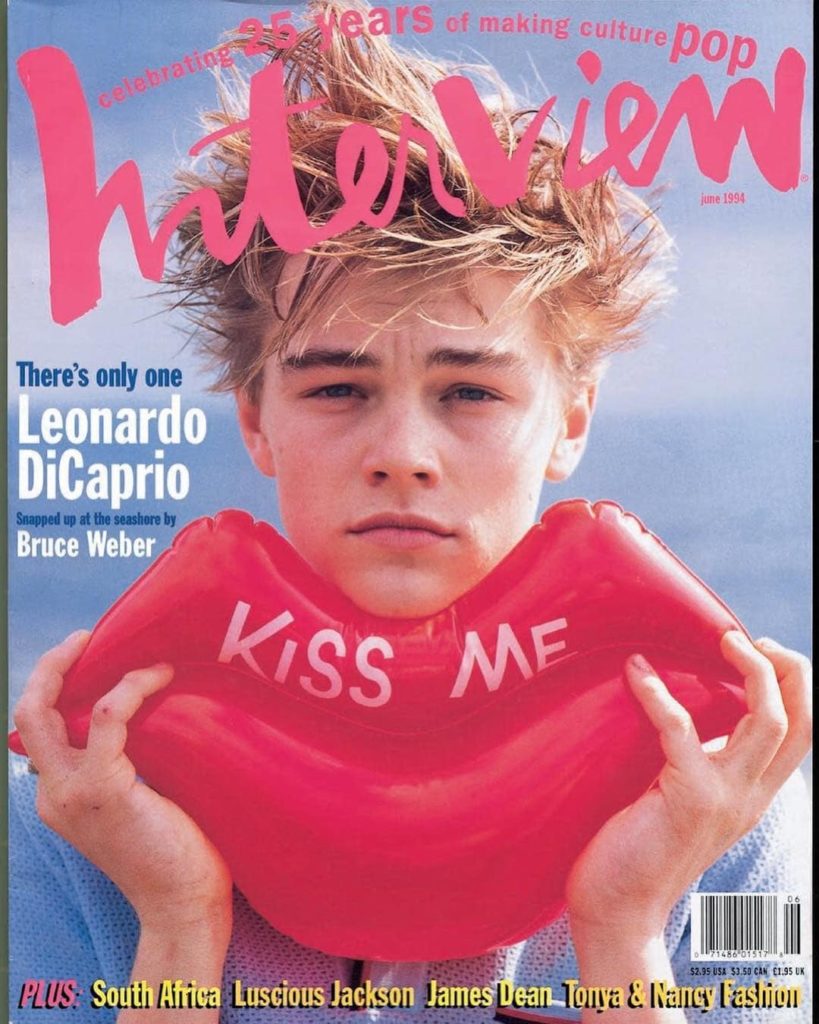 The loss of these cultural institutions reflect the volatile media landscape and evolving consumer
The loss of these cultural institutions reflect the volatile media landscape and evolving consumer
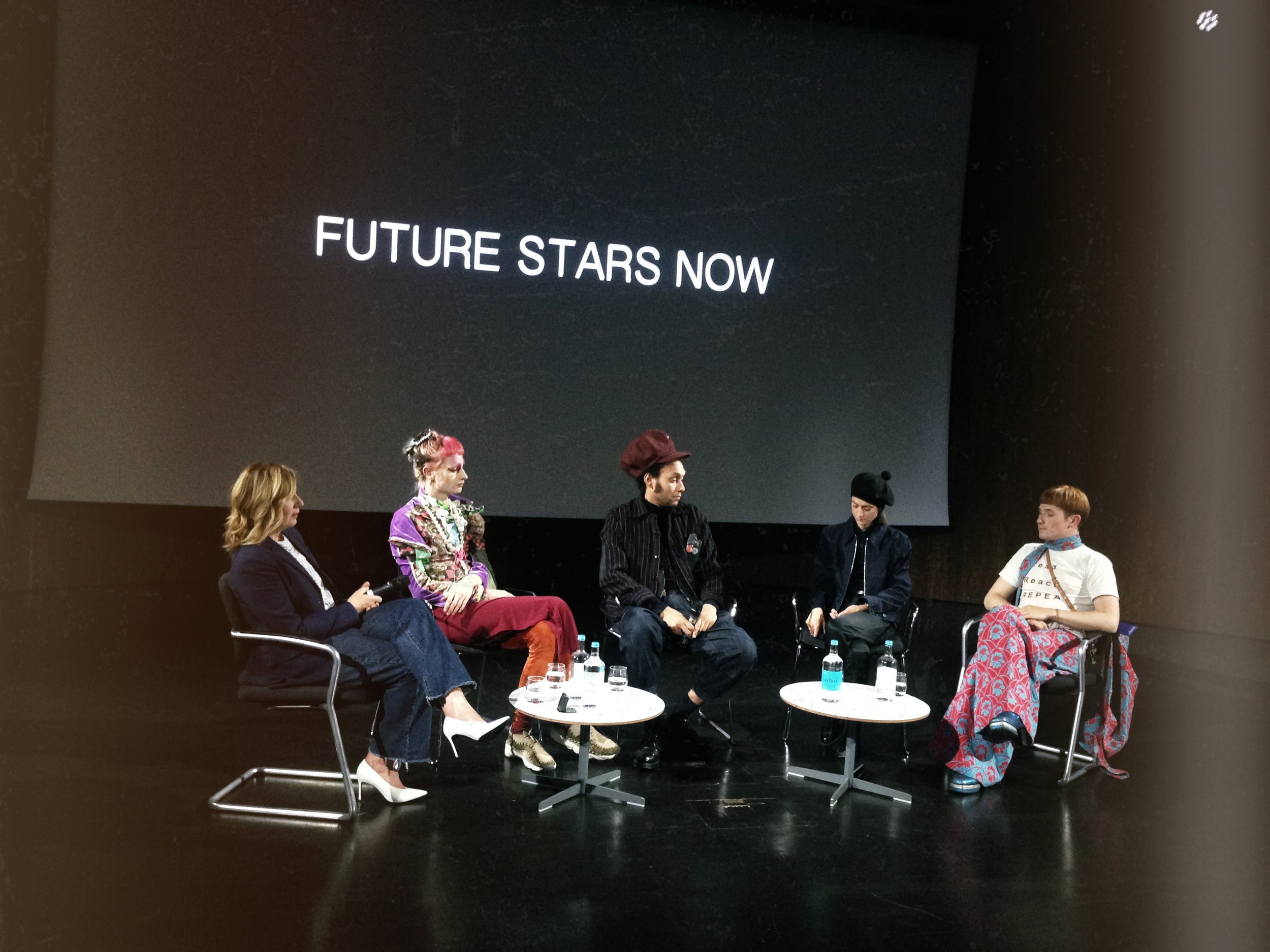
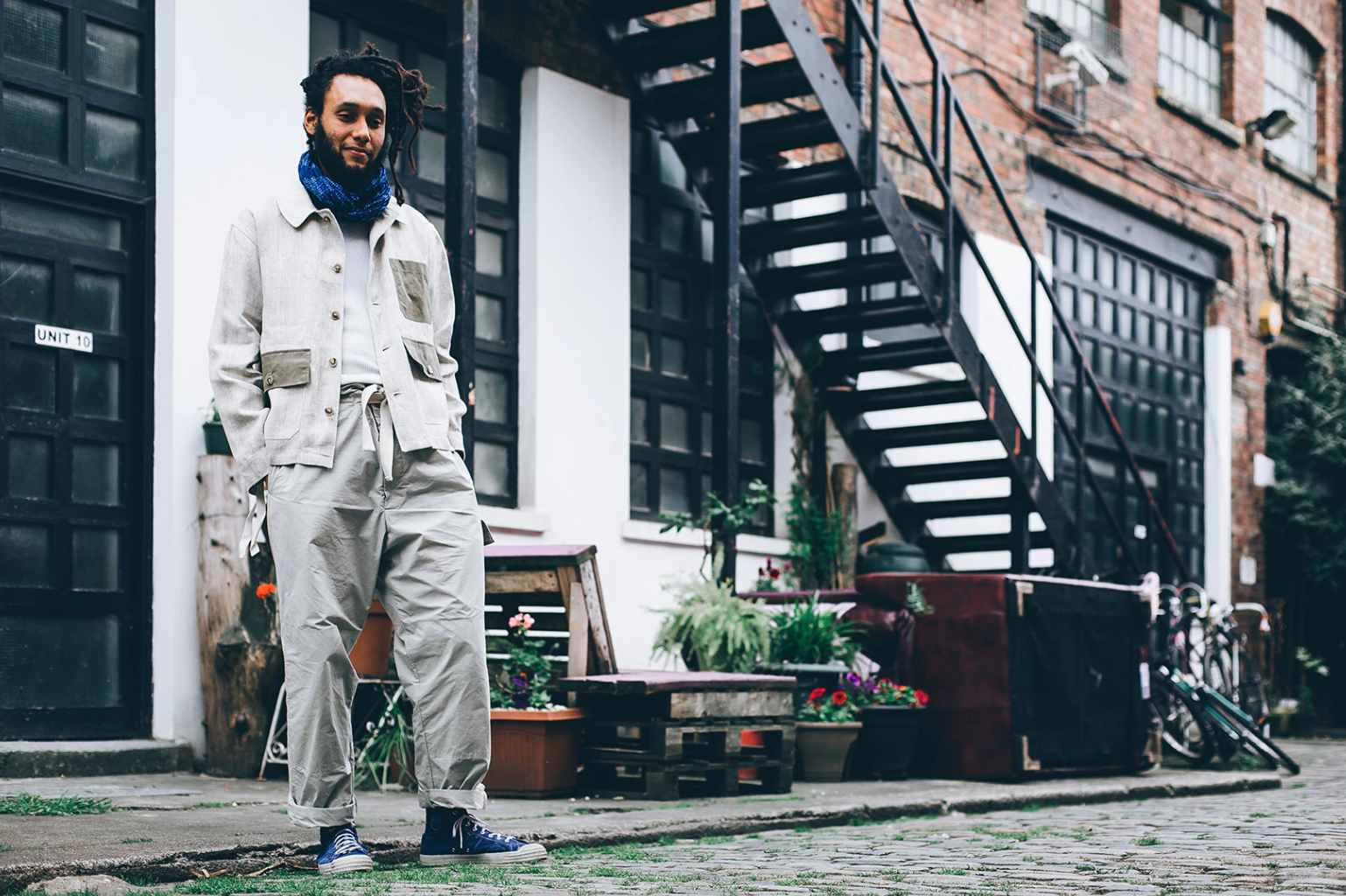
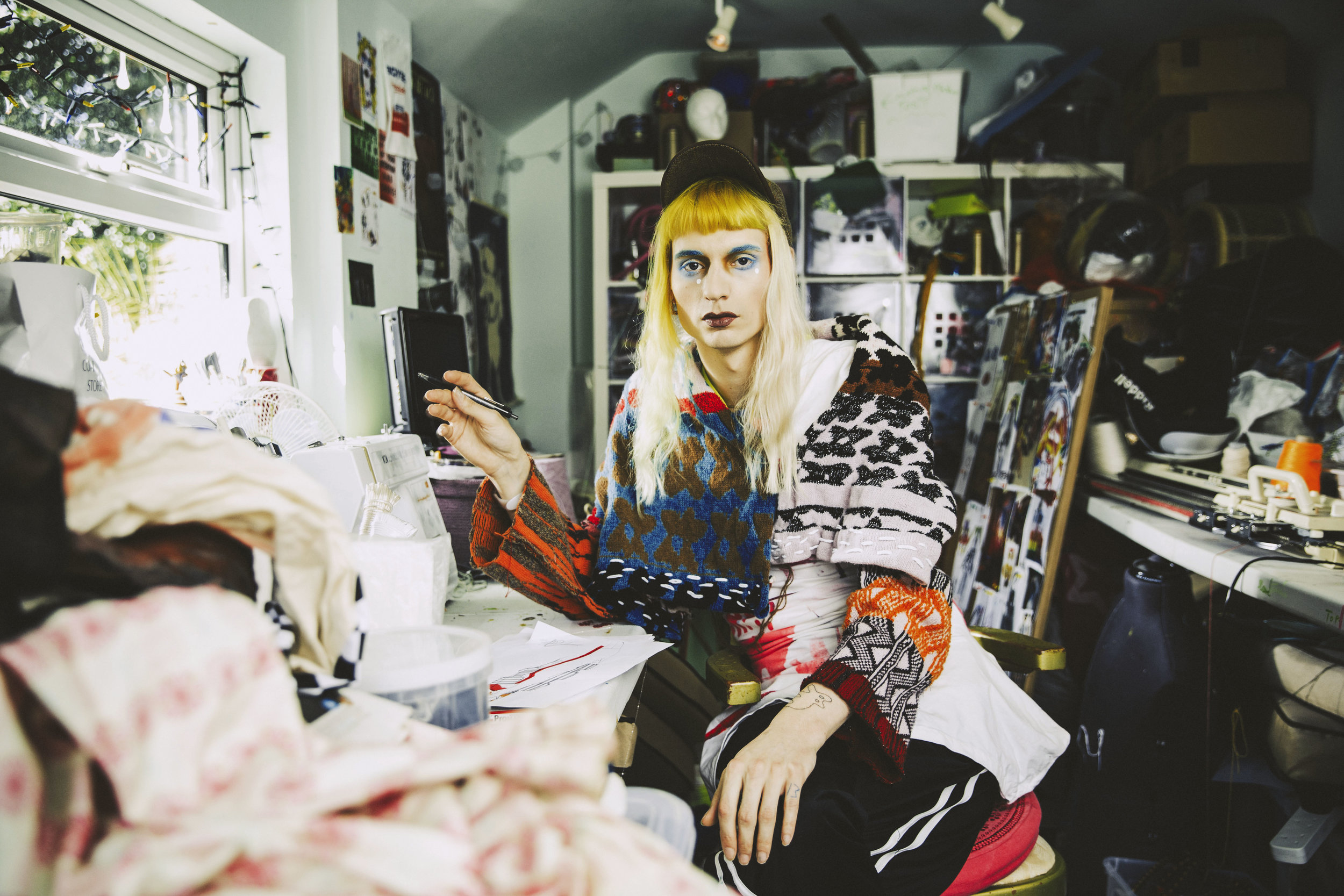
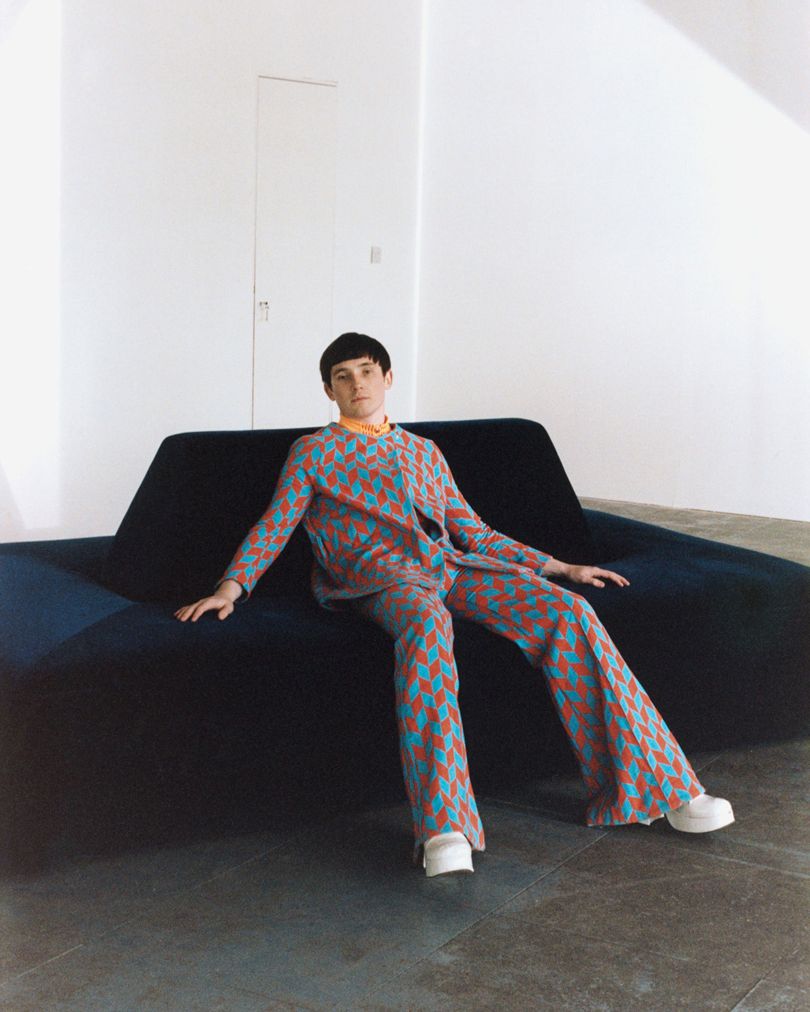
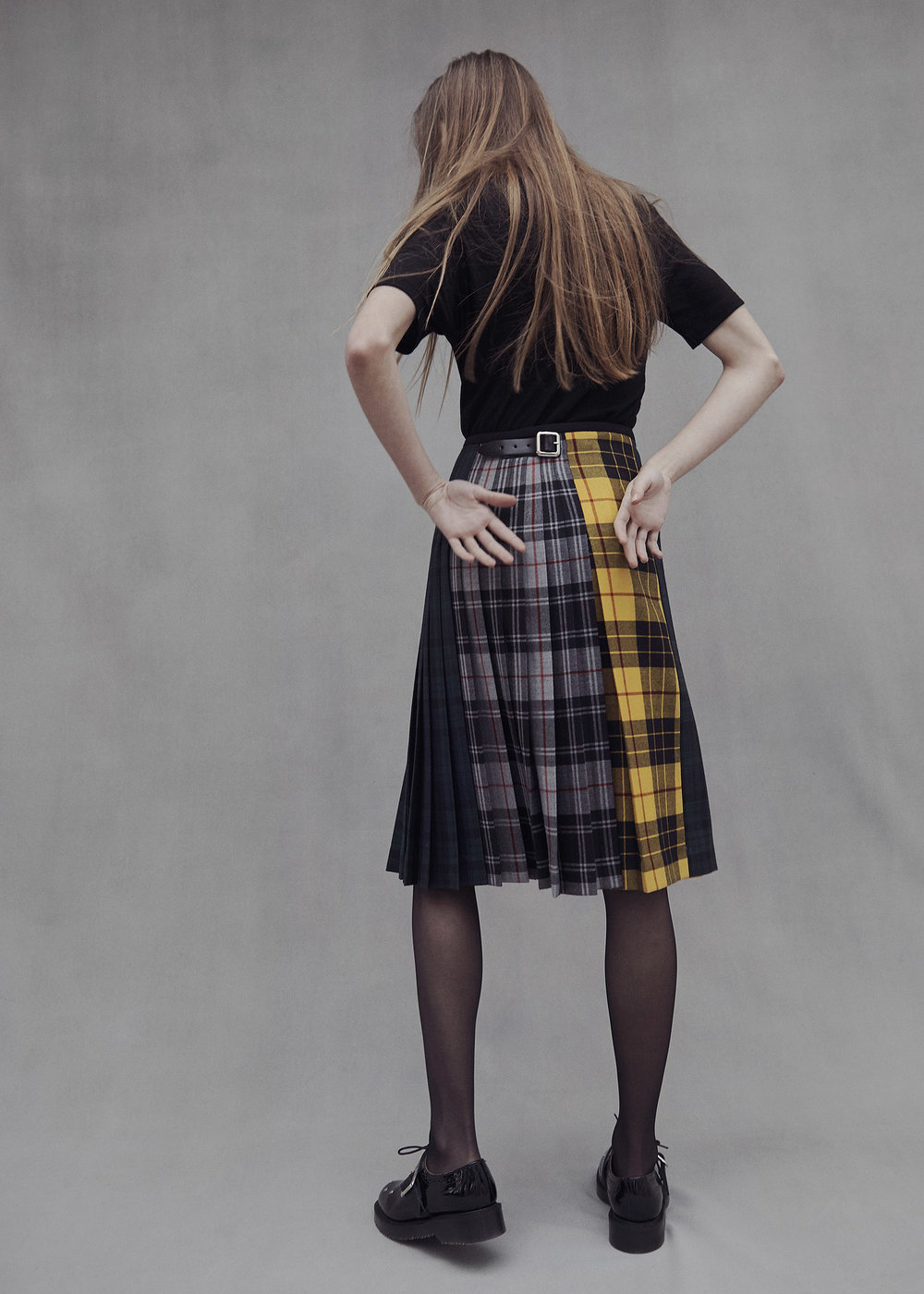
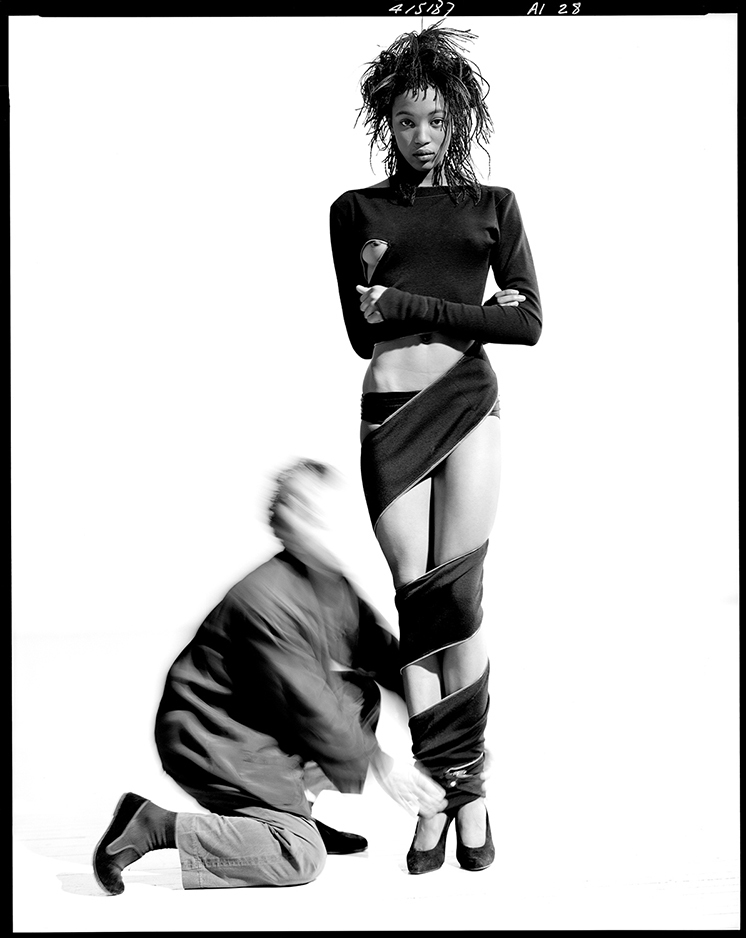

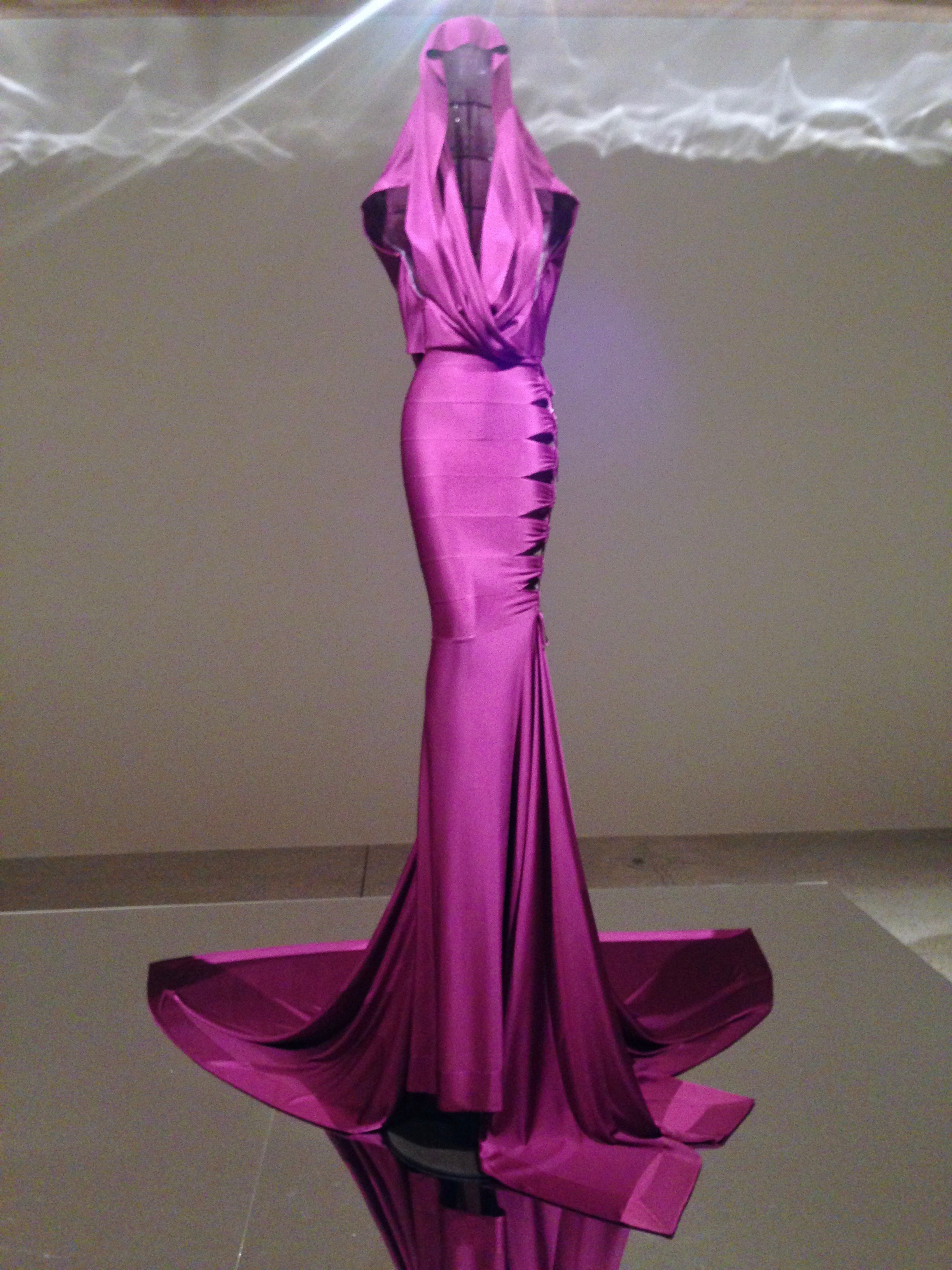
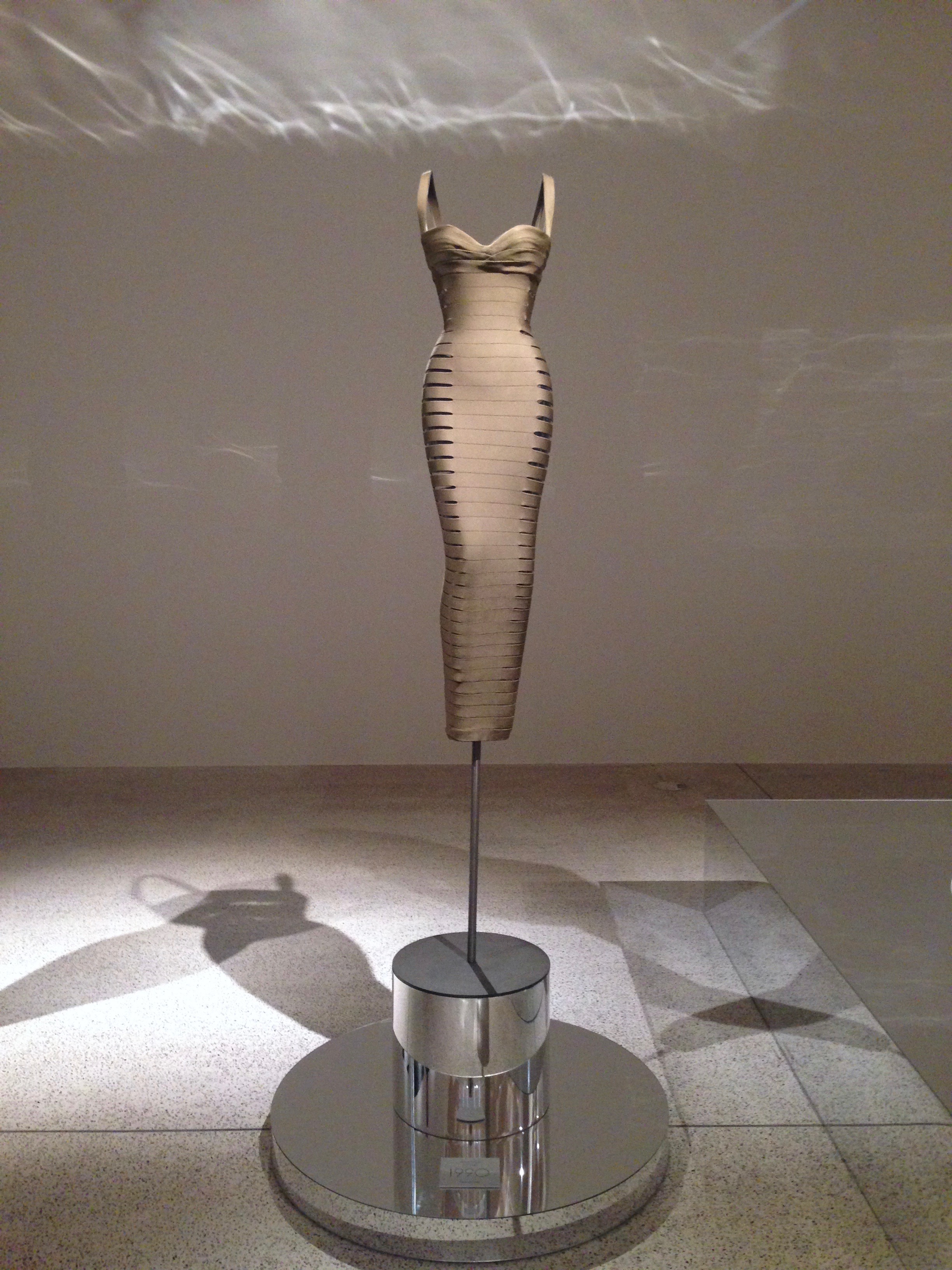
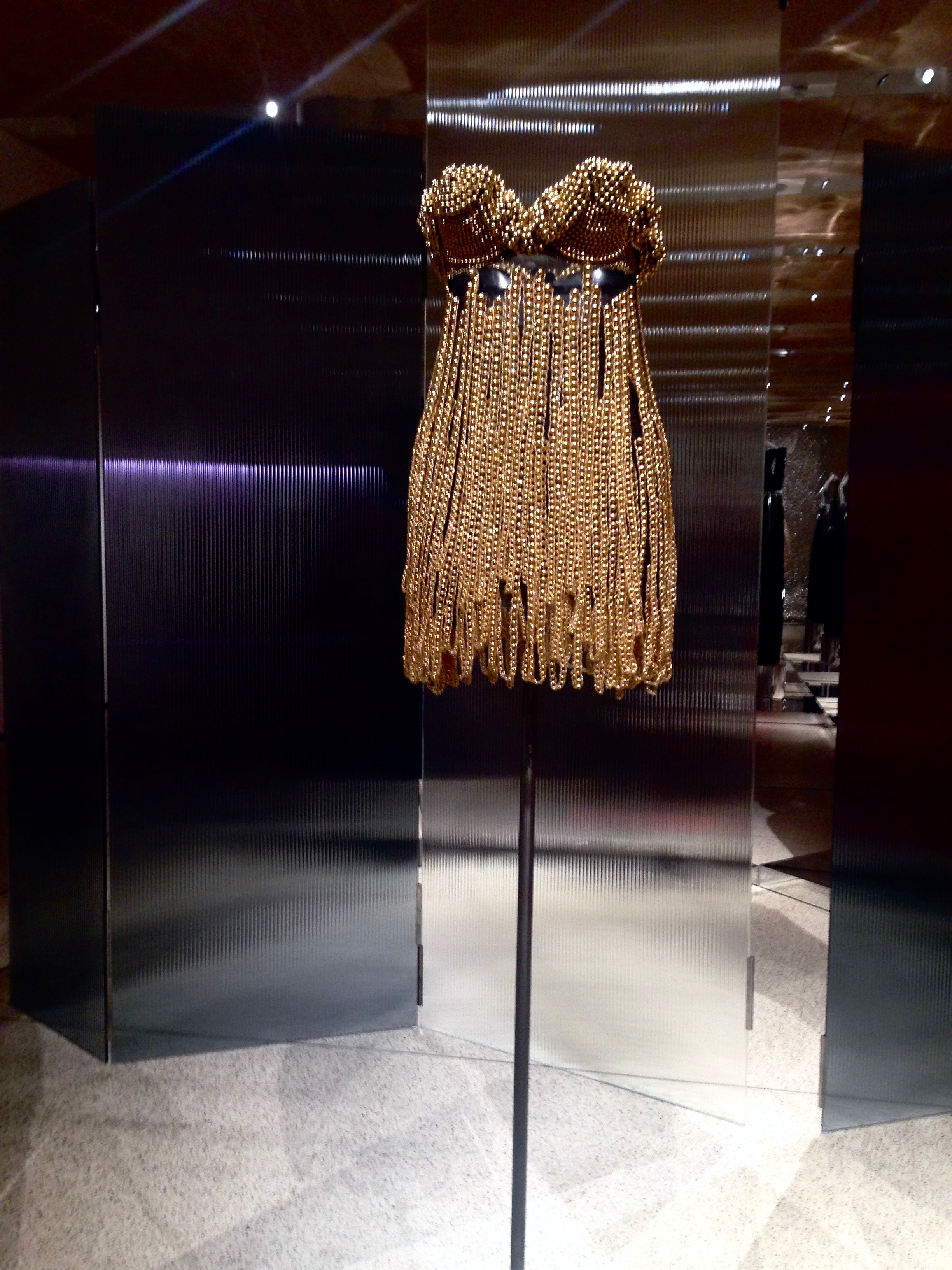
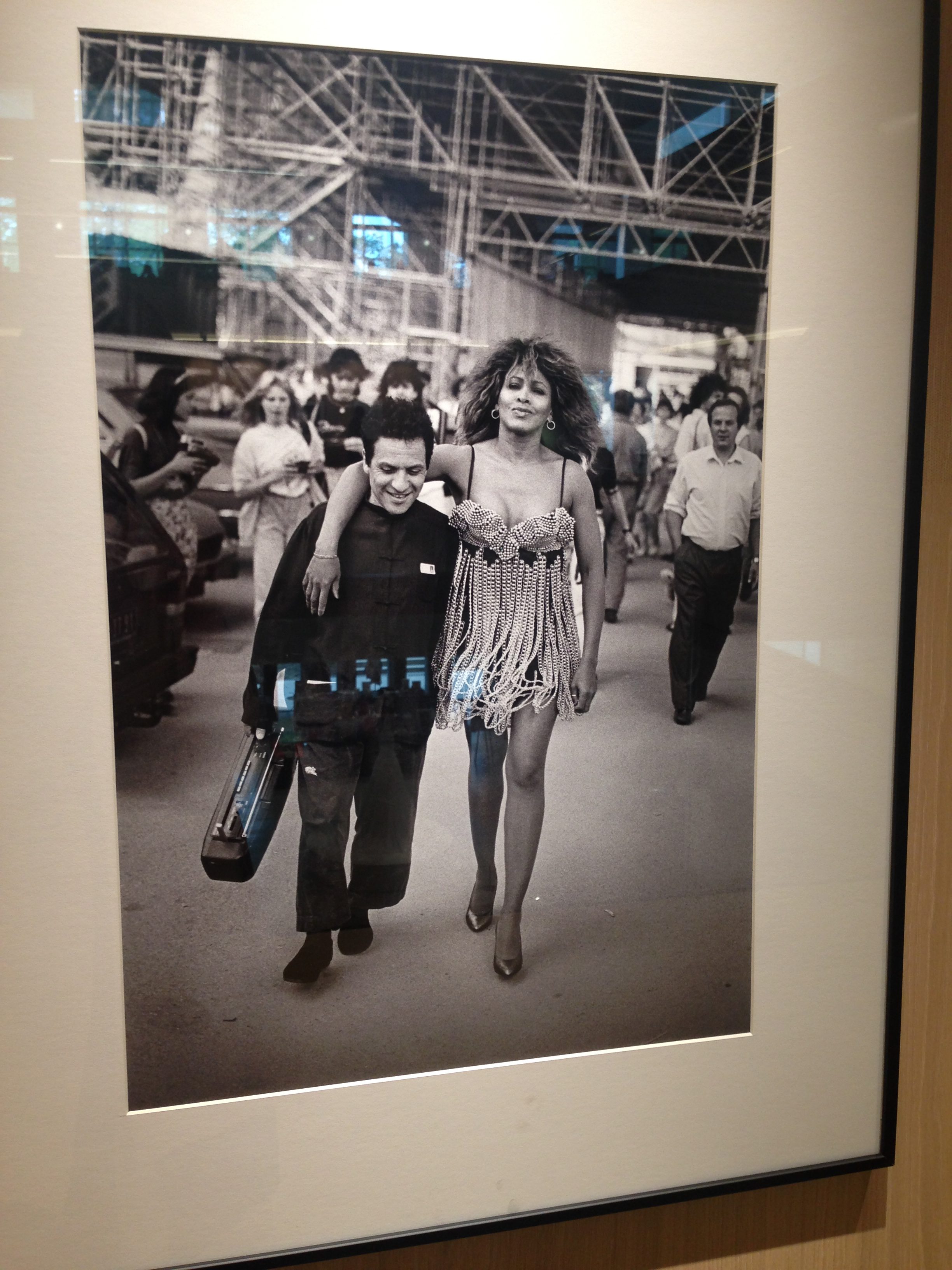
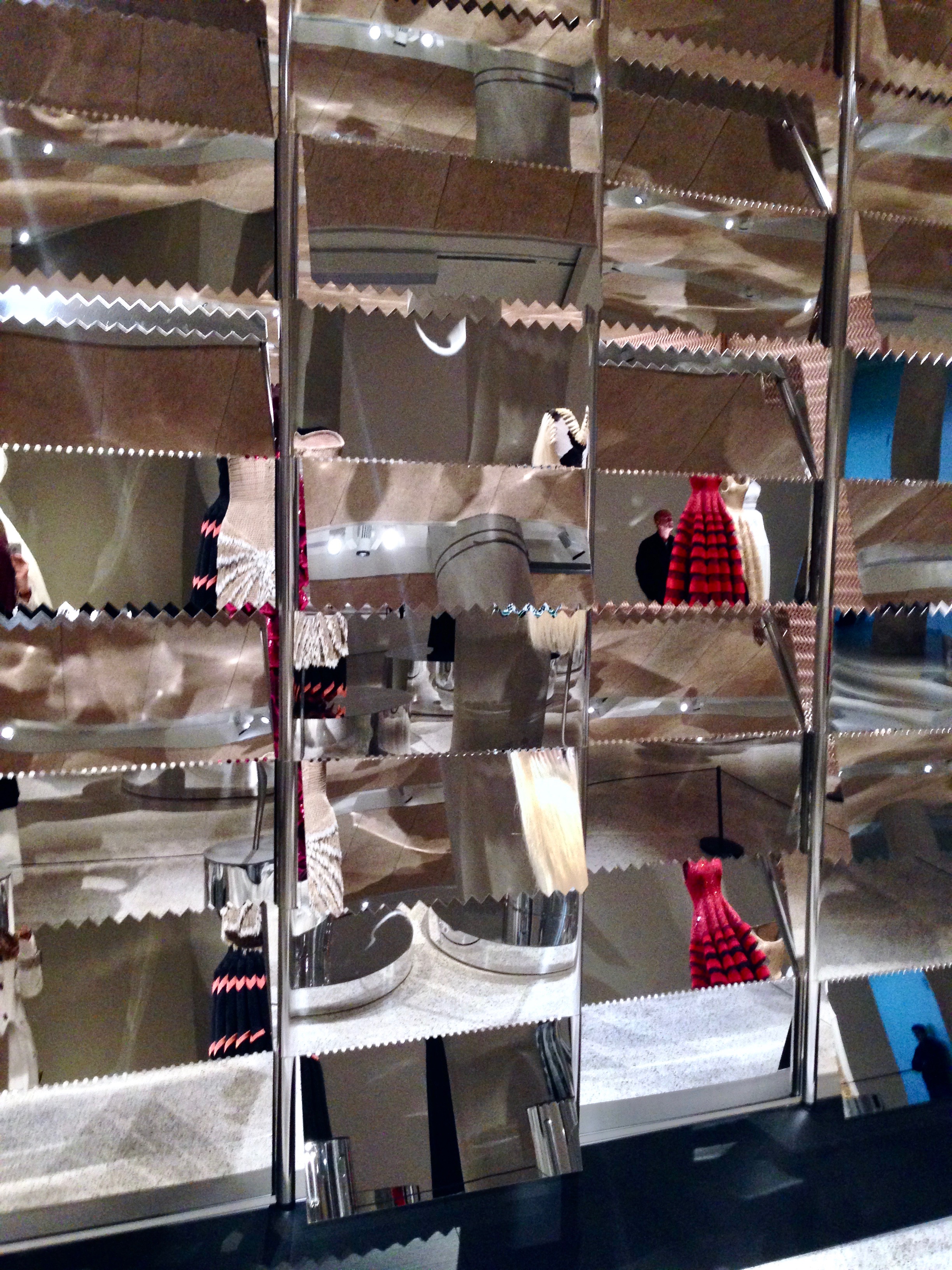
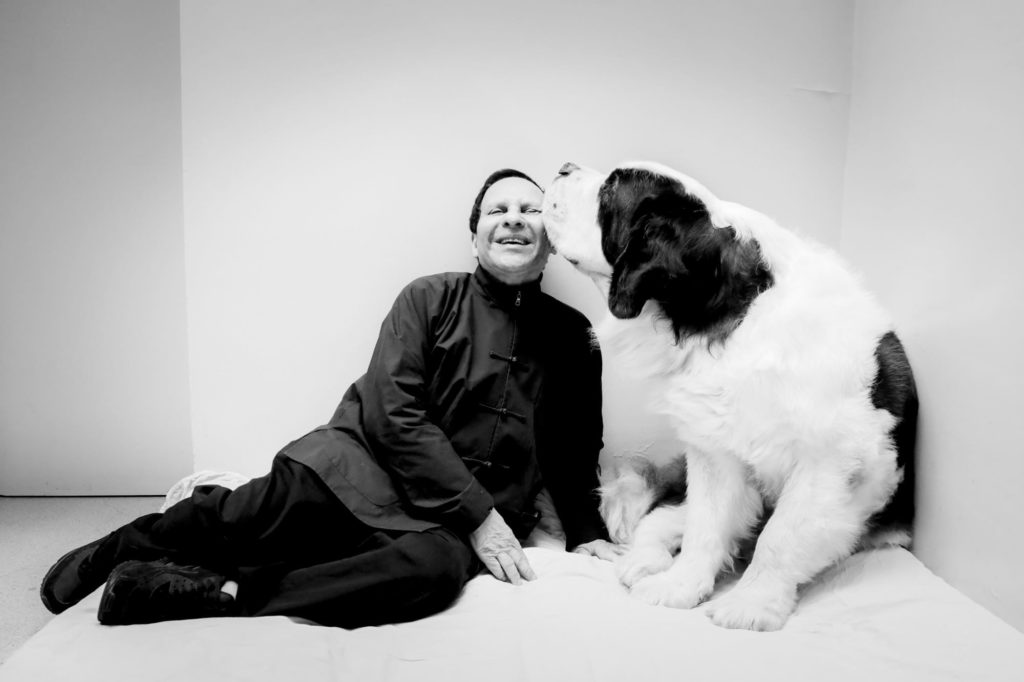
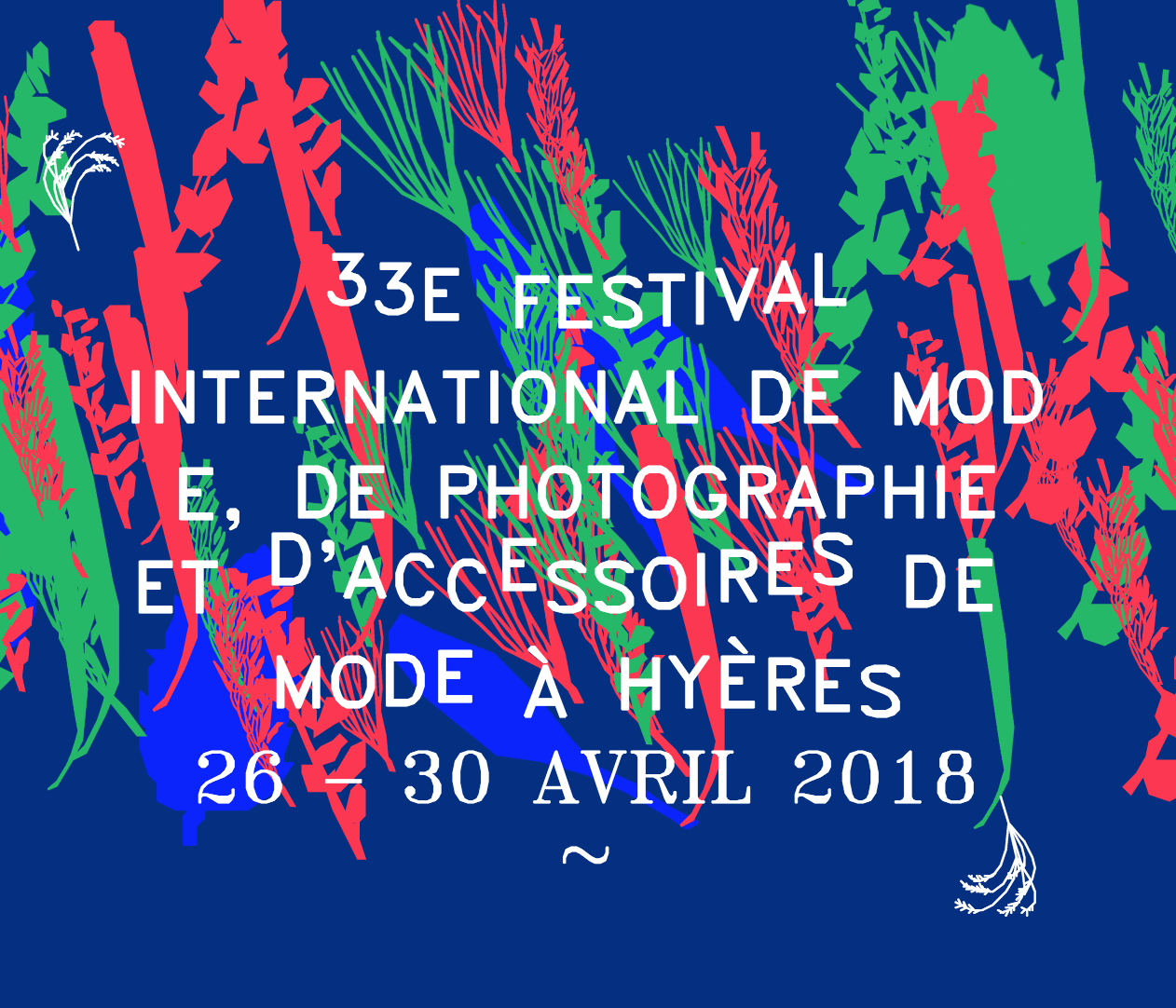
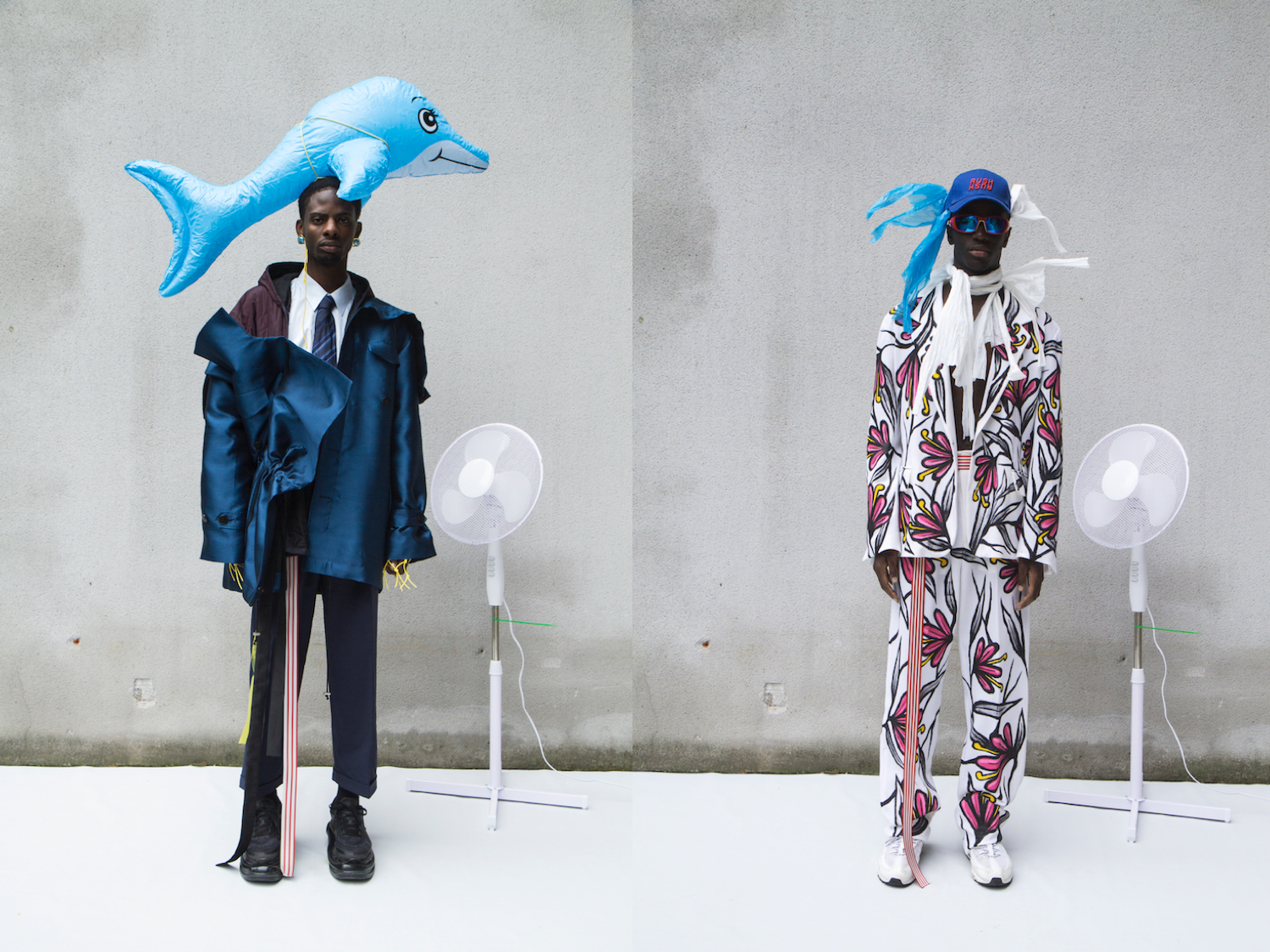


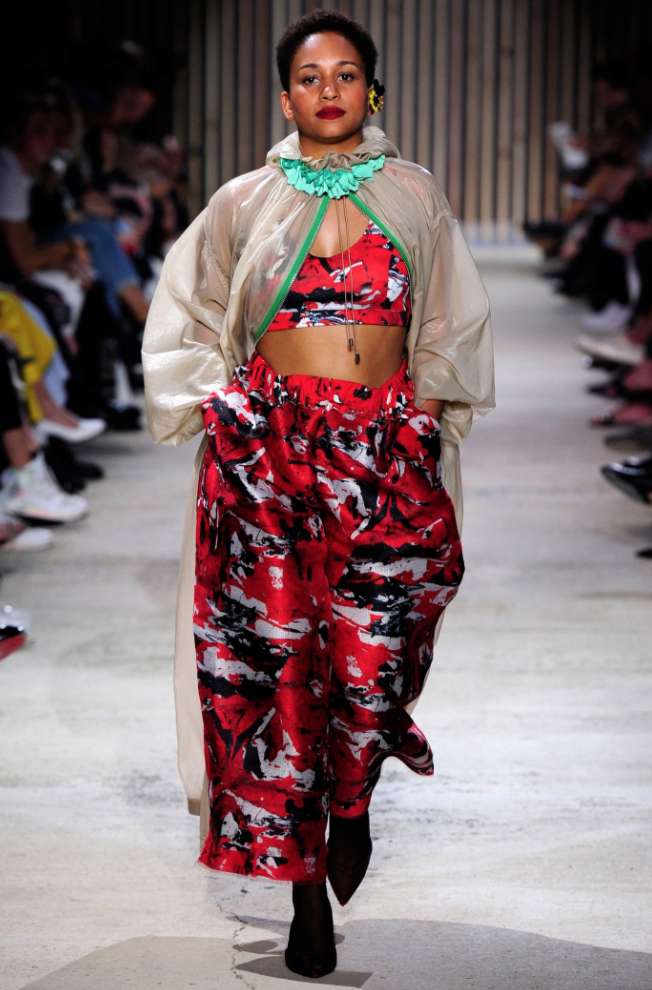
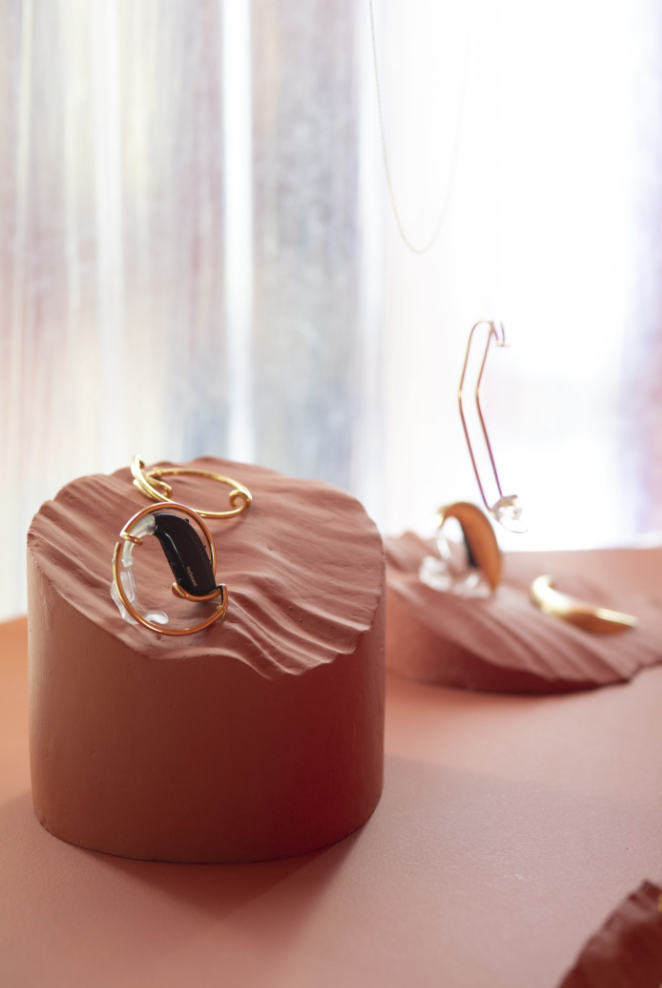

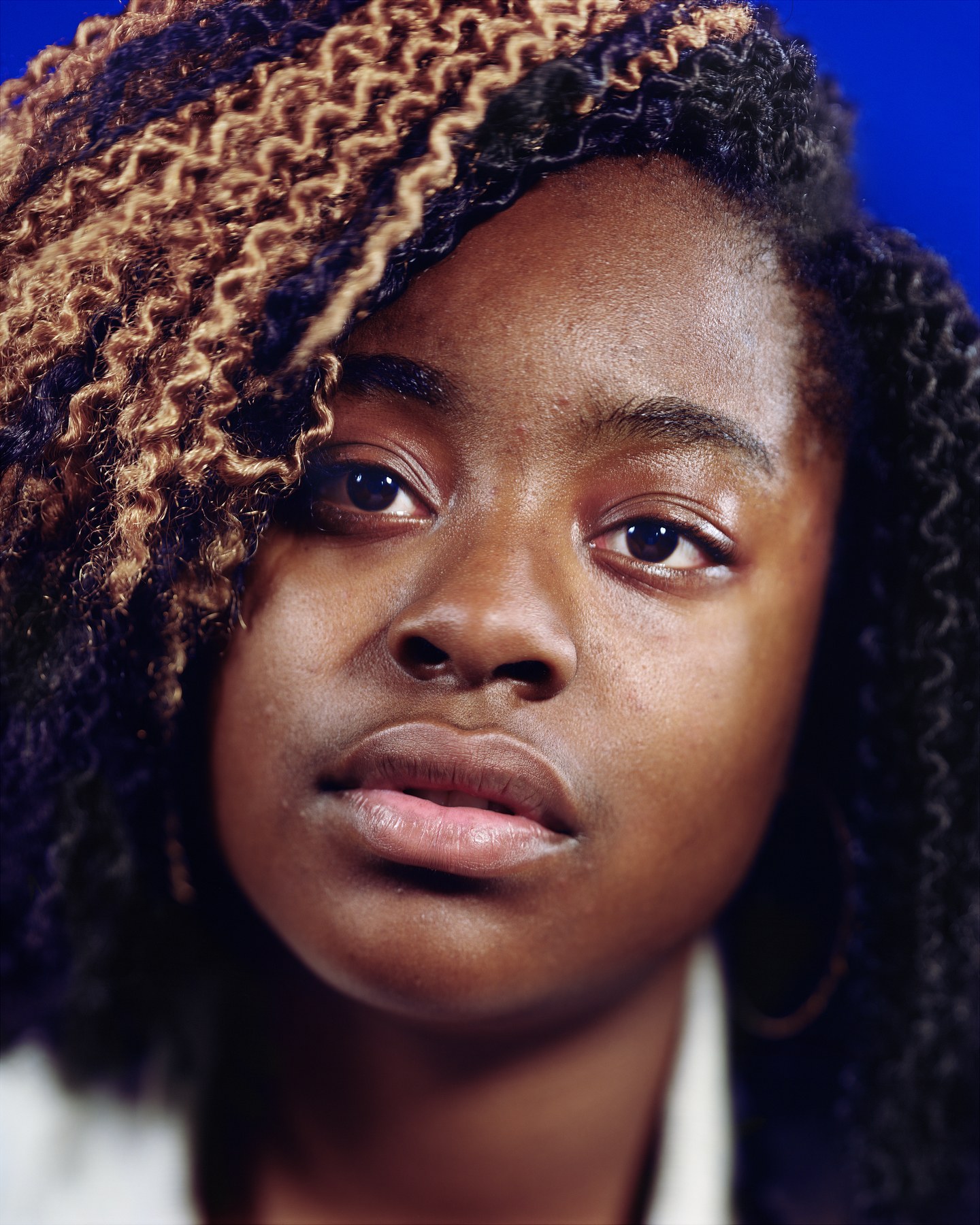

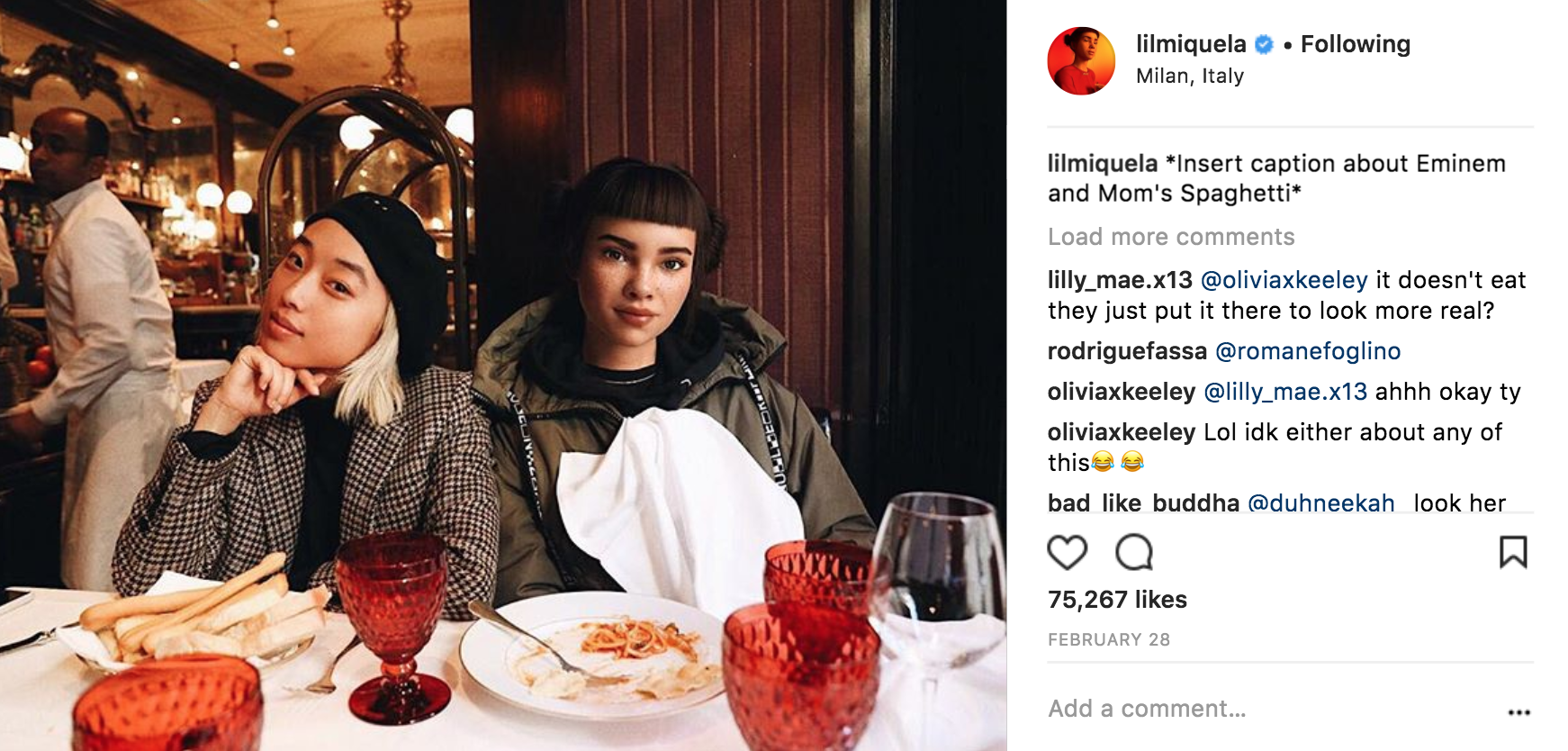





 After 40 years after first breaking into (and disrupting) the fashion scene, British design legend and activist Katharine Hamnett has returned. And in full force at that, with no punches drawn or hidden. The relaunch of her independent namesake brand comes into light at a moment of peak relevance capturing the l’air du temps of, especially youth movements who are angry at the development of current events. Catapulted to fame through her bold political t-shirts in the 1980’s, she is back to make a statement; to share her message in motivating action. With for example the house of Paul Poiret relaunching next month at Paris fashion week and Hamnett’s iconic pieces now available for sale, it is interesting to note the current revival of influential brands who made fashion history to be introduced and enjoyed by a new generation.
After 40 years after first breaking into (and disrupting) the fashion scene, British design legend and activist Katharine Hamnett has returned. And in full force at that, with no punches drawn or hidden. The relaunch of her independent namesake brand comes into light at a moment of peak relevance capturing the l’air du temps of, especially youth movements who are angry at the development of current events. Catapulted to fame through her bold political t-shirts in the 1980’s, she is back to make a statement; to share her message in motivating action. With for example the house of Paul Poiret relaunching next month at Paris fashion week and Hamnett’s iconic pieces now available for sale, it is interesting to note the current revival of influential brands who made fashion history to be introduced and enjoyed by a new generation.
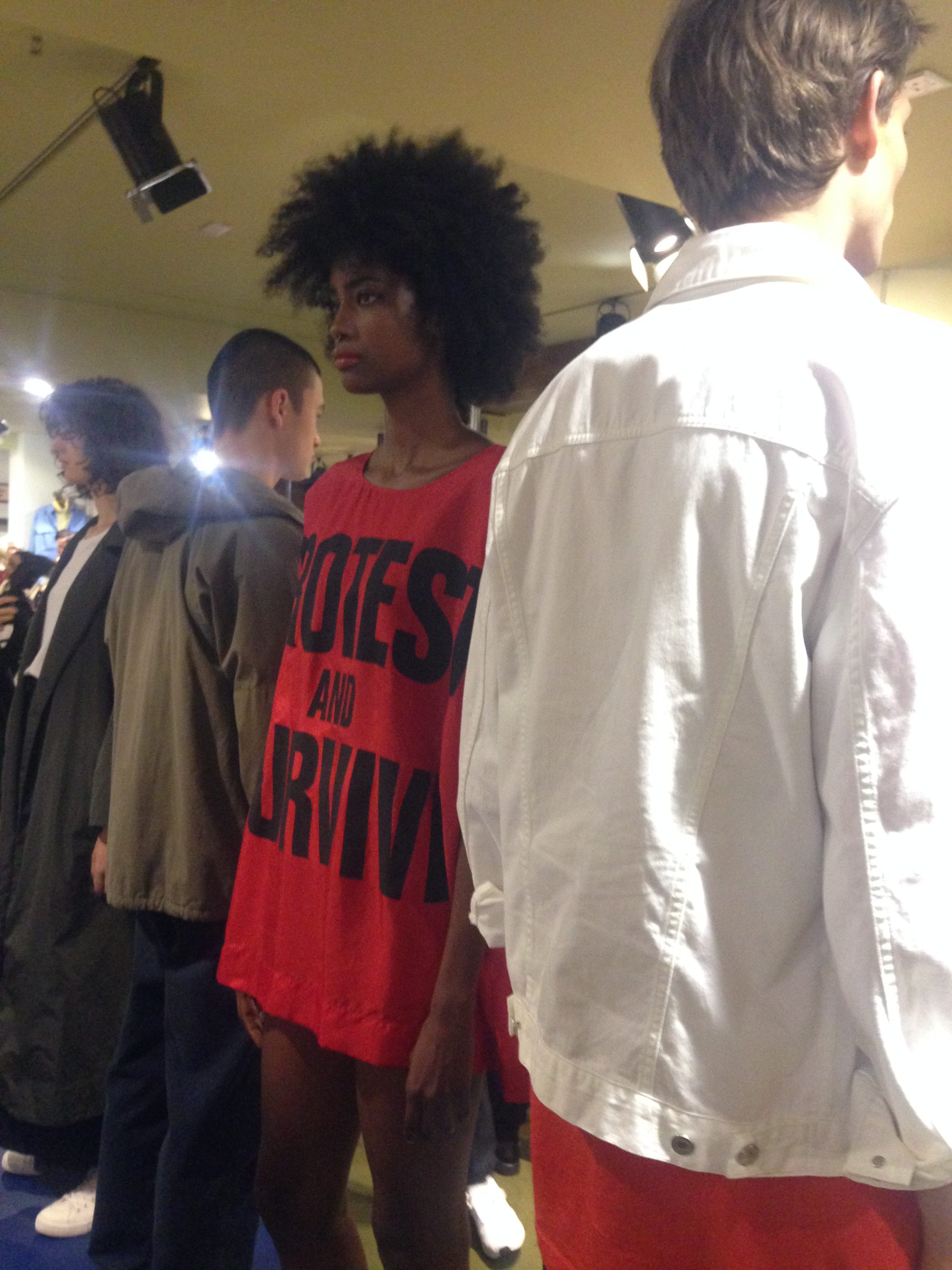
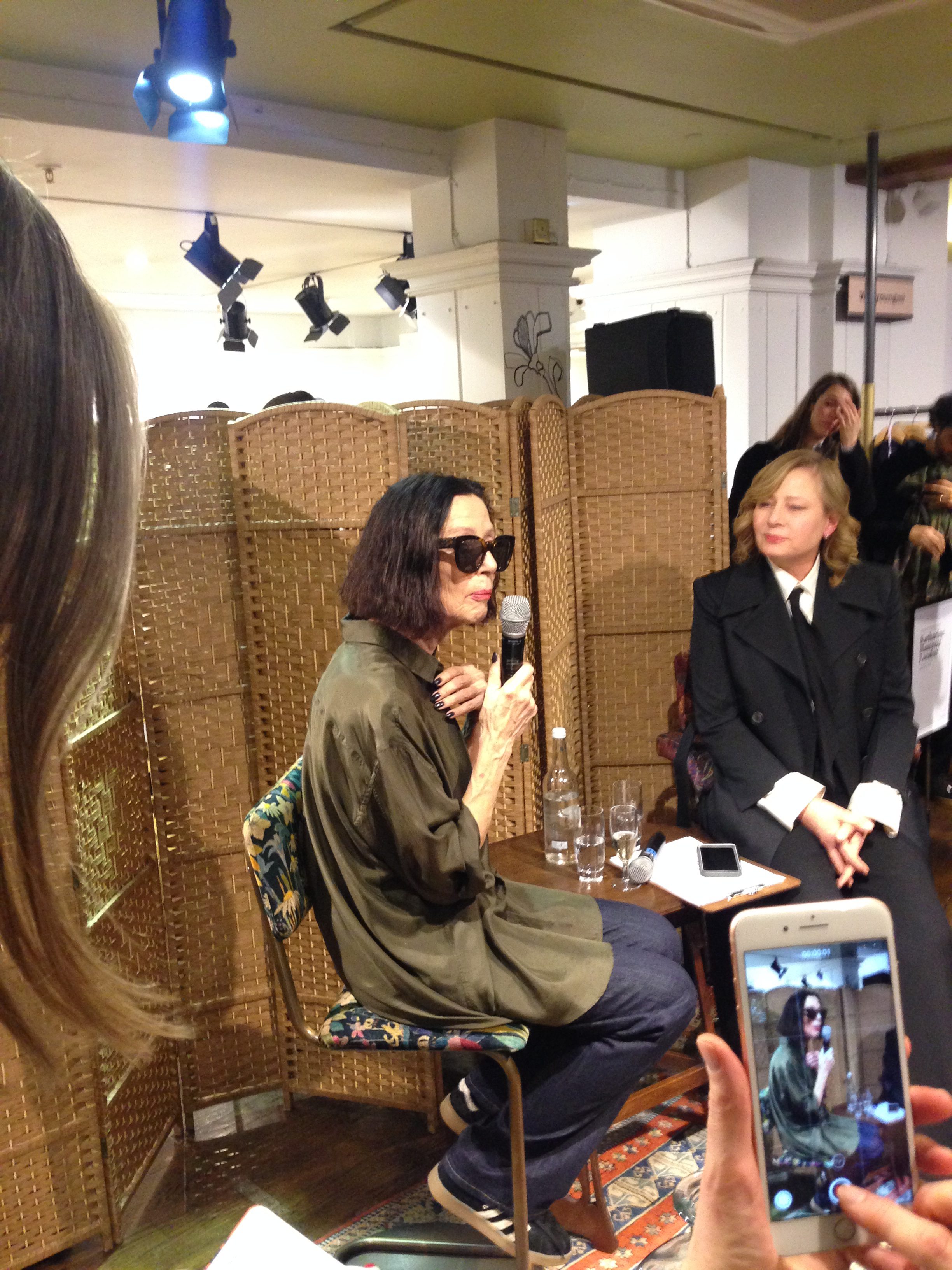
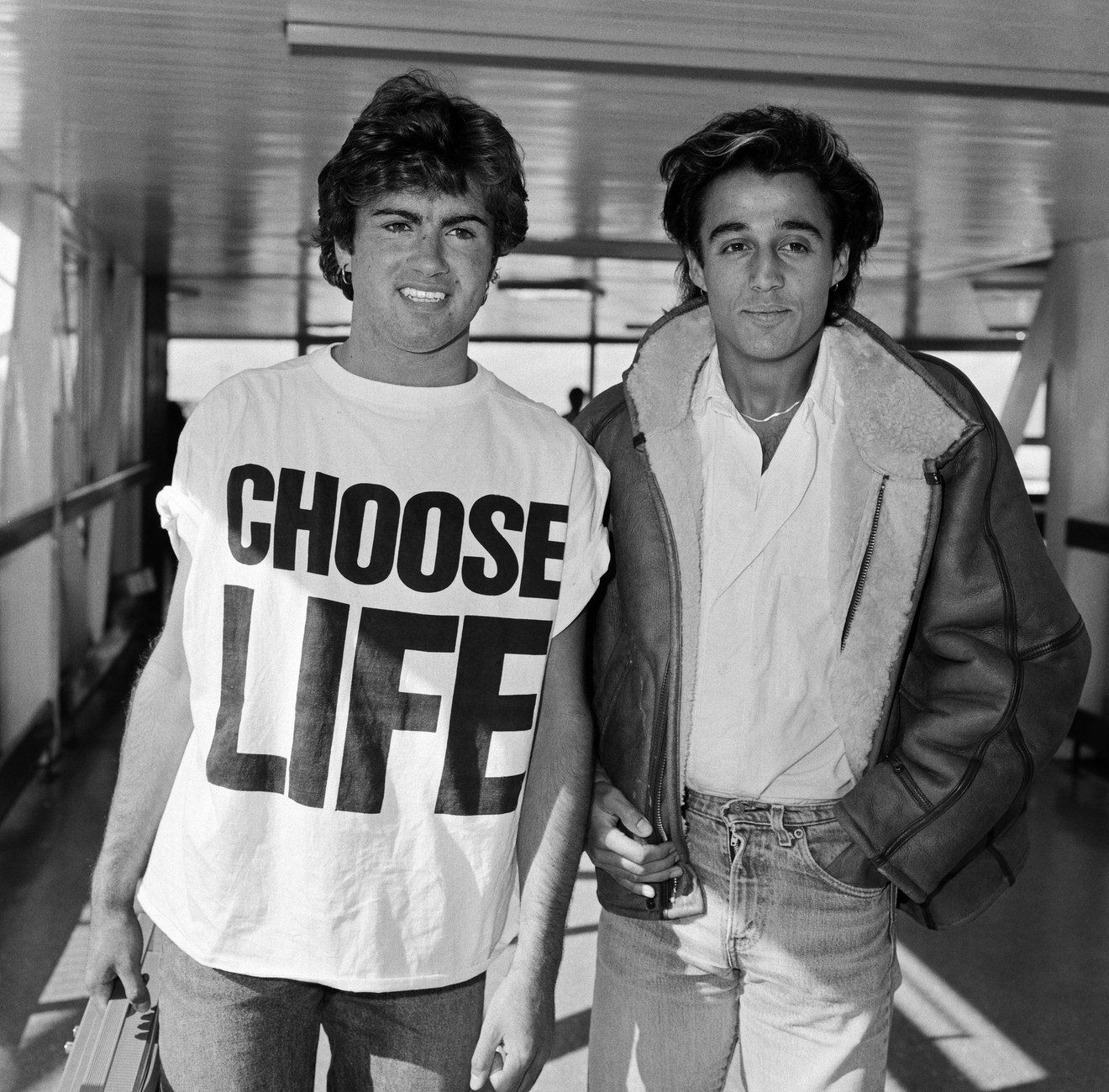
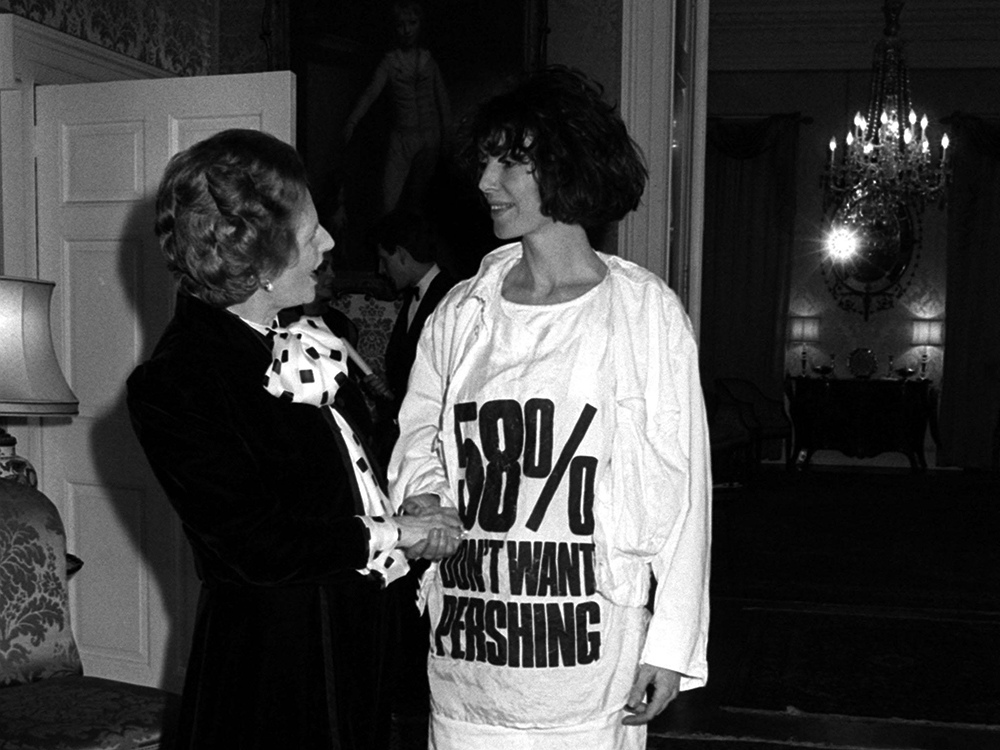
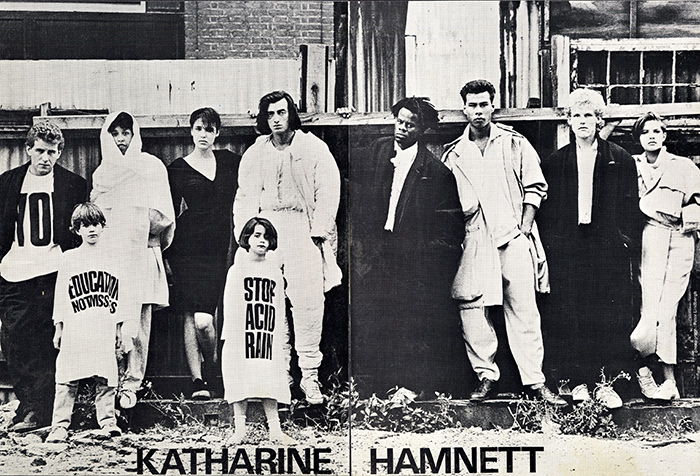 I have tremendous respect for Katharine Hamnett as she does not just talk the talk… She is fearless, elegant, confident and incredibly talented. She makes people listen (even from 100 meters away thanks to her t-shirts) and always strives in pushing the narrative forward. It was a pleasure to speak to a role model. To someone using fashion to generate action in a time where many think it is enough to complain and passively “like” a photo instead of going out and doing something about it.
I have tremendous respect for Katharine Hamnett as she does not just talk the talk… She is fearless, elegant, confident and incredibly talented. She makes people listen (even from 100 meters away thanks to her t-shirts) and always strives in pushing the narrative forward. It was a pleasure to speak to a role model. To someone using fashion to generate action in a time where many think it is enough to complain and passively “like” a photo instead of going out and doing something about it.